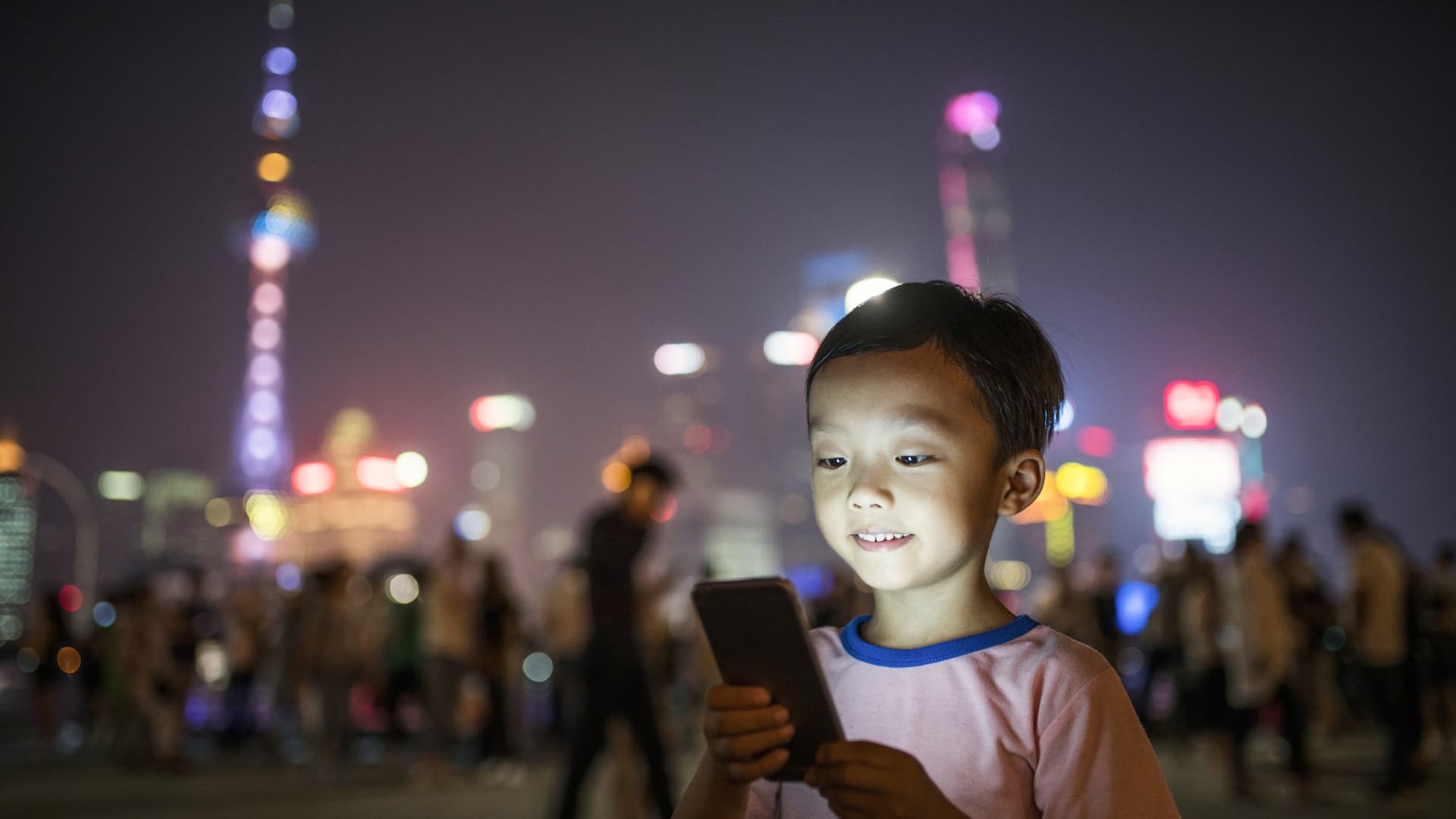The powerful Cyberspace Administration of China has put forth a proposal to establish regulations that would limit the amount of screen time for individuals under the age of 18. These rules would restrict smartphone usage to a maximum of two hours per day for young people in China. This bold draft by the Cyberspace Administration of China demonstrates the government’s aim to exercise control over various aspects of the country’s digital landscape.
If implemented, these rules could have significant implications for companies like Tencent and ByteDance, which operate some of China’s largest mobile apps. The draft rules align with the broader efforts of Chinese authorities to combat and prevent addiction related to apps and smartphones among individuals under the age of 18. In 2021, China introduced regulations that limited teenagers to playing online video games for no more than three hours per week.
To comply with the proposed rules, smartphones must include a “minor mode” specifically designed for individuals under 18. This mode should be easily accessible upon starting the device and can be displayed as a home screen icon or in the system settings. The minor mode aims to allow parents to control what their children can view and enable internet service providers to deliver age-appropriate content. The Cyberspace Administration of China suggests that children under the age of three should be exposed to songs and audio-focused content, while those between 12 and 16 can access educational and news-related materials.
Additionally, the draft rules caution online companies against providing services that promote addiction or negatively impact the physical and mental well-being of children. The Cyberspace Administration of China has divided children into different age brackets, each with specific restrictions on smartphone usage. For instance, children under eight should be limited to a maximum of 40 minutes per day, while those between 16 and 17 can utilize their devices for up to two hours. The regulations also dictate that smartphones should not provide any services to children between 10 p.m. and 6 a.m., with exceptions for regulated education products and emergency services applications.
The implementation and enforcement of these laws remain uncertain, and it’s unclear how they may affect China’s tech giants. Questions persist regarding who would be responsible for creating the minor mode software, potentially requiring operating system providers or device makers like Apple to develop new features for their devices in China. Furthermore, monitoring compliance with the time limits and minor mode software will be a challenge for the Cyberspace Administration of China.
Chinese technology giants, including device makers like Apple and Xiaomi, as well as software players like Tencent and Baidu, will closely monitor the legislation’s developments. When China previously imposed restrictions on young people’s gaming time, Tencent and NetEase, two prominent online gaming companies, indicated that users under 18 accounted for only a small portion of their overall revenue. Therefore, the impact of these rules on China’s tech giants remains to be seen.
It’s important to note that these rules are still in the proposal stage and are open to public consultation before becoming law.
Denial of responsibility! VigourTimes is an automatic aggregator of Global media. In each content, the hyperlink to the primary source is specified. All trademarks belong to their rightful owners, and all materials to their authors. For any complaint, please reach us at – [email protected]. We will take necessary action within 24 hours.


